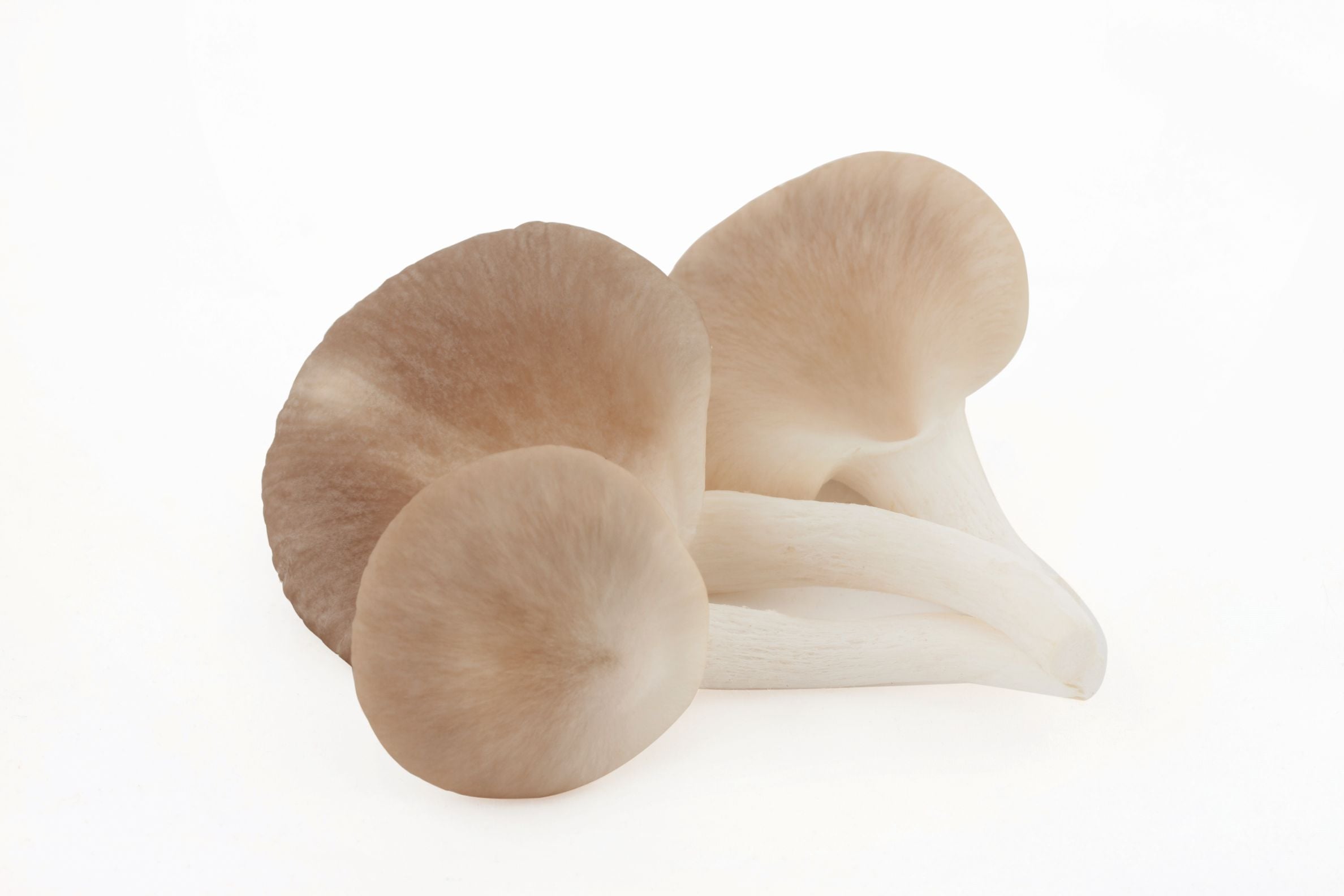Uses tested in practice:
- stimulation of the immune system + Shiitake, Coriolus, ABM, Reishi, Maitake
- complementary cancer therapy + according to tumour type
- cholesterol and blood pressure regulation + Reishi, Maitake, Auricularia
- blood fat levels regulation + Shiitake
- support of metabolism, peristalsis + Maitake
- dermatitis, eczema + Reishi, Agaricus
- a natural anti-aging agent + Reishi, Auricularia, Polyporus, Cordyceps
Other motives for the use of the Oyster mushroom:
anti-infection effects, can inhibit the growth of many types of bacteria: Bacillus megaterium, Staphylococcus aureus, Escherichia coli, Pseudomonas aeruginosa, Klebsiella pneumoniae, antiviral activity, herpes and influenza viruses, HIV, antimycotic action, stiffness of muscles and tendons, lumbago, pain of the locomotory system, internal organ regeneration, supports peristalsis, respiratory problems, recurrent airway inflammation, asthma, allergies, mucous congestion, anti-inflammatory effects, reduces blood clotting, cardiovascular problems, artherosclerosis, haemorrhoids, varicose veins, antioxidant effects, diabetes, can reduce glycaemia without affecting insulin levels, hepatoprotective effects, detoxification ( accumulates heavy metals), relieves convulsions, limb numbness, hair growth, blood formation, protection against artherosclerosis
TCM characteristics:
- temperature – slightly warm
- taste – sweet
- tropism – liver, spleen, stomach
Effects according to traditional Chinese medicine:
- replenishes qi of the spleen
- drains moisture
- strengthens blood vessels
- boosts bowel movement
- eliminates wind chill
- expels parasites
Brief description
Oyster mushroom (Pleurotus ostreatus) is a wood-decaying tasty mushroom, which can be found in the Czech Republic in the wild and is also available in supermarkets. The mushroom was named according to its shape and colour, recalling an oyster. Its cap has a diameter of 5-35 cm. Young mushrooms have a flat cap, which later becomes round and takes the form of an oyster with grey to blue-grey colour. The oyster mushroom grows in clusters, which can have up to several kilograms.
In the wild it appears from May to the winter months, if the temperature is not too low, especially in deciduous forests. Oyster mushroom is also commercially grown, because there is a great demand for it, both as a food and as a means of improving our health. Oyster mushroom has been used in traditional Chinese medicine for centuries, the first written records in the Shennong Bencao Jing - materia medica of traditional Chinese medicine. Its artificial cultivation dates back to 199 AD. For the European continent, the mushroom was first described by N. J. Freiherr, Danish natural scientist, in 1775. It was named Agaricus ostreatus. Its name was changed by the German mycologist P. Kummer.
As we will describe in the following text, oyster mushroom has many effects, which are very beneficial to humans. Of course, these depend on the composition of the mushroom. It contains a large number of bioactive substances, some of which will be described in more detail below.
Conclusion
Oyster mushroom is a mushroom beneficial to human health, easily available for everyone. It is certainly more effective in concentrated form, which we can have in dietary supplements. Oyster mushroom is both a preventive and a therapeutic remedy.




